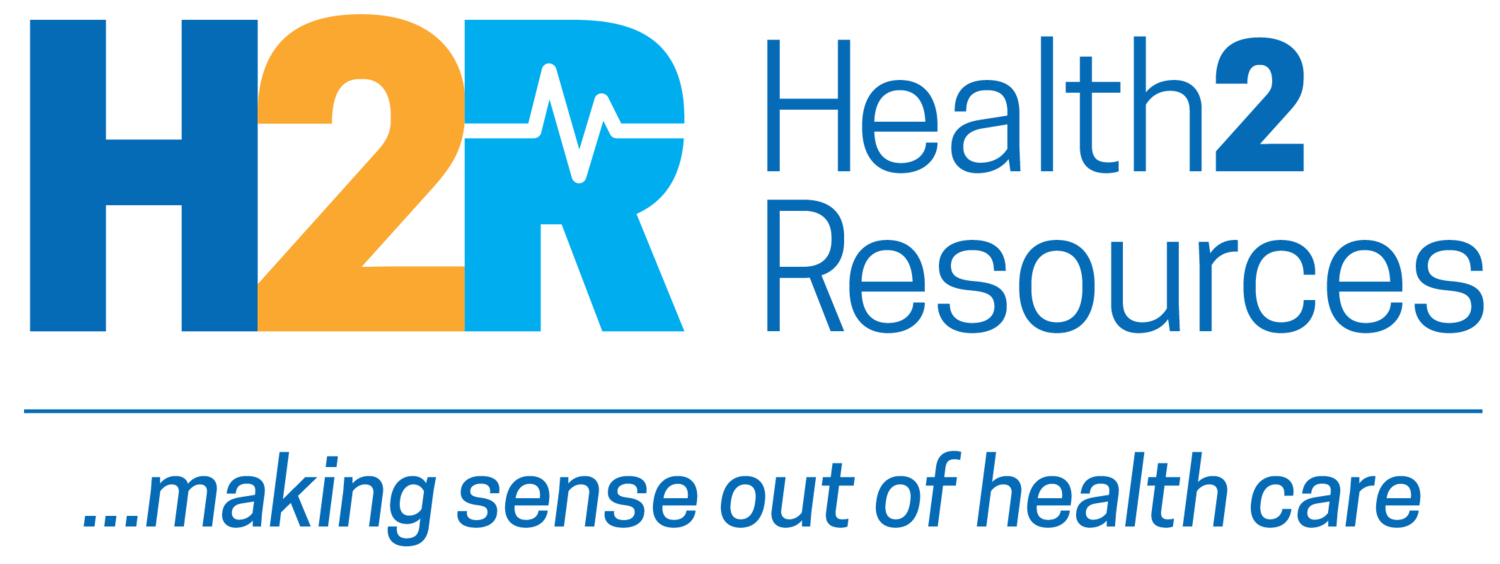January 21, 2021 | COVID as a technology wake-up call to insurers
INDUSTRY NEWS
HA study explores implications of Medicaid expansion and COVID
Hospitals in Medicaid expansion states saved an average of $6.4 million on uncompensated care, according to a study published in Health Affairs. Uncompensated care made up 6% of total expenses for hospitals in non-expansion states in 2017, double the amount for those located in states that had expanded the program. “As COVID-19 has brought hospitals to a time of great need, findings from this study provide important information on what hospitals in states that have yet to expand Medicaid could gain through expansion and what is at risk should any reversal of Medicaid expansions occur.” (Health Affairs; Modern Healthcare*)
VA spends less than half of what Medicare Part D does
Medicare Part D spent more than twice as much on hundreds of prescription drugs than the Department of Veterans Affairs in 2017, largely because the VA could negotiate prices directly with drug makers, according to a new GAO report. The VA paid 54% percent less, on average, for 399 brand-name and generic medicines, even after rebates and discounts. Breaking it down, the VA paid 68% less for 203 generics and 49% less for 196 brand-name drugs. Only 43 drugs were cheaper in Medicare than in VA. (GAO report; STAT News)
OIG to CMS: Improve wage adjustments for rural hospitals
More than half (53%) of hospitals in the bottom quartile of the CMS area wage index are in rural areas, and many are small, low-volume facilities, according to an audit by Health and Human Services’ Office of Inspector General. The OIG urged CMS to improve hospital wage index adjustments for rural hospitals. “…CMS could consider focusing the bottom quartile wage index adjustment more precisely toward the hospitals that are the least able to raise wages without that adjustment, the OIG wrote." (Healthcare Finance)
INNOVATION & TRANSFORMATION
COVID as a technology wake-up call to insurers
"Insurtech" is on the rise, largely—but not solely—driven by COVID-19. Insurers increased their use of catastrophe models, drones and mobile apps during the pandemic, and they anticipate continued growth. It represents a significant change. Technology growth hasn't always been a priority in the insurance industry. "We're a slow industry to adopt things sometimes, I dare say," said Don Griffin, vice president of personal lines for the American Property Casualty Insurance Association. (Roll Call)
End of life doulas help with that other journey
End-of-life doulas, also known as death doulas, help the dying and their loved ones overcome fear and provide non-medical services at the bedside to comfort families. “Just as birth doulas help expectant parents bring new life into the world, end-of-life doulas help the dying cope with their next journey,” the Associated Press reports. These trained professionals provide the terminally ill and their families physical and emotional support before, during and after death. Adams said most hospitals still don’t work with death doulas, but hospice services are starting to see them as possible adjuncts to their own care. (AP)
CONSUMERS & PROVIDERS
Cost-related moves linked to unmet medical needs
People who move due to unaffordable housing are more likely to have unmet medical needs, according to a study published in the Journal of General Internal Medicine. These people were generally younger, less educated, unemployed, uninsured, in worse health and had lower incomes than people who didn’t move or had non-cost-related moves. "[E]ven people who moved within the same neighborhood for cost reasons experienced disruption of medical care," senior author Frederick J. Zimmerman, PhD, of the Fielding School of Public Health at UCLA, said in a prepared statement. (Patient Engagement HIT; announcement)
NEW & NOTED
In-person campuses see higher COVID rates: New CDC analysis reveals that counties with large universities experienced a 56% increase in COVID-19 when the campuses opened with in-person instruction. Conversely, counties with major universities that opened with remote learning showed a 17.9% decrease in incidences of COVID-19. (Morbidity and Mortality Weekly Report)
Looking for better telehealth: Nearly 25% of health care professionals, insurers and employers responding to a Klas survey said they are dissatisfied with their telehealth platform and are actively looking to replace it—or are unsatisfied but stuck with it. (Healthcare Dive)
Georgia plan faces lawsuit: Obamacare advocates are challenging Georgia’s plan to block access to coverage through the program’s online marketplace. The federal lawsuit argues that in allowing Georgia to ignore certain provisions of the Affordable Care Act, the Trump administration was illegally attempting to gut the law. (Atlanta Journal-Constitution)
MULTI-MEDIA
Understanding AI in health care
In this 53-minute video and accompanying article, The Washington Post explores the impact of artificial intelligence on health care. It features some of the field’s top thinkers and innovators about how AI is transforming medical care—and how it’s being used in the battle against COVID-19. (Washington Post)
MARKETVOICES...QUOTES WORTH READING
“Cultures like the Mexican culture that have these beautiful traditions of staying in connection with that [dying] process are so admirable and so beautiful. Doulas want to make sure that is available to all people,” said Shelby Kirillin, an end-of-life doula in Richmond, Va., and program development manager for the International End of Life Doula Association, quoted by the AP
